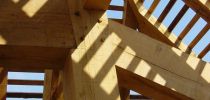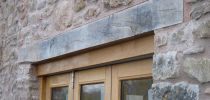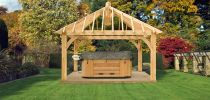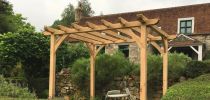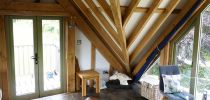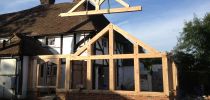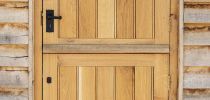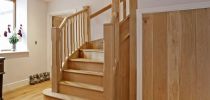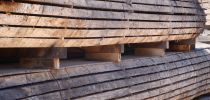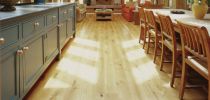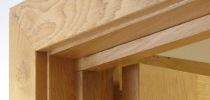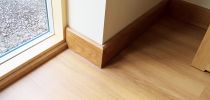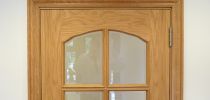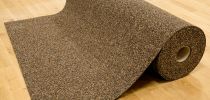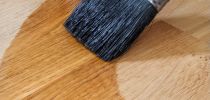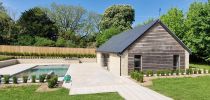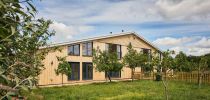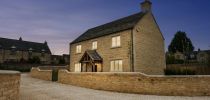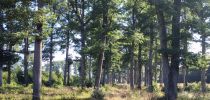
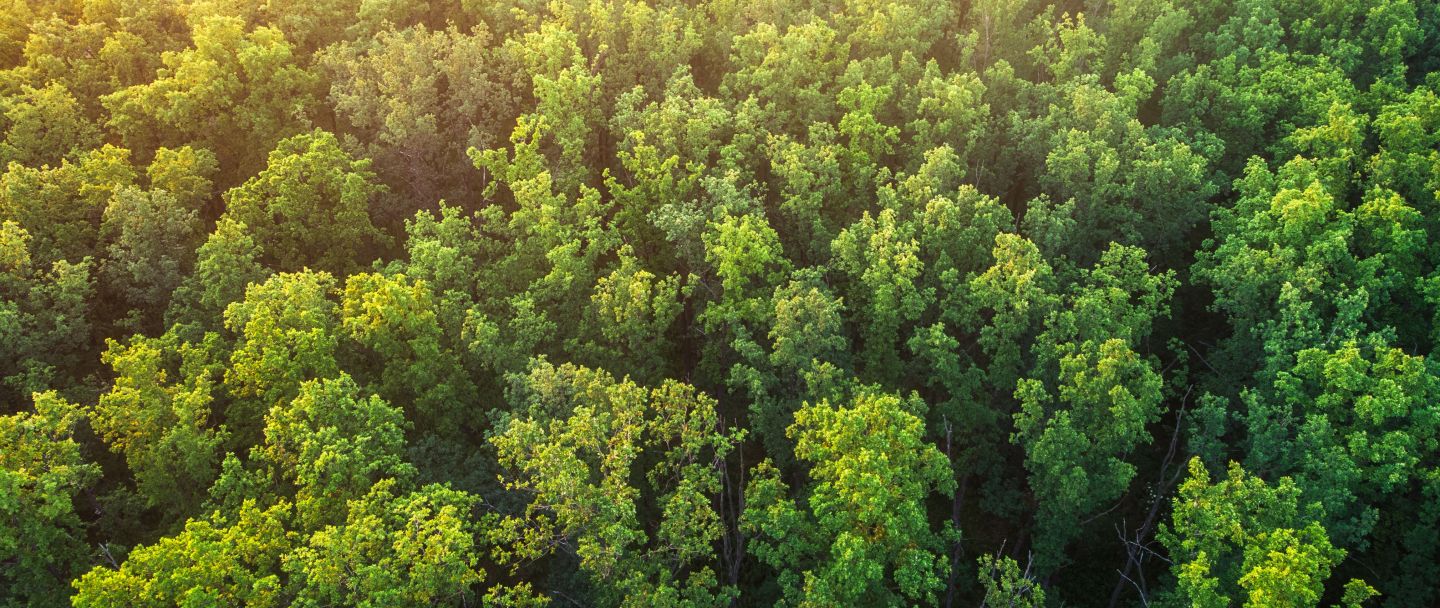
General
Is using Oak a sustainable choice?
Evaluating the sustainability of oak from various perspectives
13th August 2024
Not only is Oak one of the world’s most beautiful and versatile materials, it is also completely sustainable.
The sustainability of oak can be evaluated from various perspectives, each reinforcing its status as an environmentally responsible choice. With this in mind, you can specify oak with confidence, knowing that it is among the most sustainable construction materials available today.
Forestry Management
 European Oak (Quercus robur) is a large, long-lived deciduous tree, widely distributed throughout Europe – from Northern Spain to Southern Scandinavia, and from Northern Ireland to Eastern Europe. All these nations fully endorse well-known forestry management schemes, including PEFC and FSC.
European Oak (Quercus robur) is a large, long-lived deciduous tree, widely distributed throughout Europe – from Northern Spain to Southern Scandinavia, and from Northern Ireland to Eastern Europe. All these nations fully endorse well-known forestry management schemes, including PEFC and FSC.
A lesser-known fact is that the significance of oak as a key resource in France dates back to 1669, when King Louis XIV's finance minister, Jean-Baptiste Colbert, restructured the nation's forests. His policy prioritised planting high-quality oak to build a Navy strong enough to challenge the British. Today, a 32-acre grove of nearly 400-year-old oaks named after Colbert still exists.
This legacy was reinforced by Napoleon, who, in 1803, banned unauthorized tree felling. Two years later, he decreed that every felled oak must be over 150 years old and replaced with a new, premium oak. One of his most significant achievements was the creation of the Forest of Fontainebleau, south of Paris, where oaks were grown specifically for naval use.
Following Napoleon's defeat at the Battle of Trafalgar, French naval demands for oak dwindled, and by 1859, oak had become largely redundant for shipbuilding, leaving a huge surplus.
Nevertheless, these forest management policies have left a lasting legacy. Today, France boasts 34,000 square miles of oak forests (compared to just 4,000 in the UK) with an annual harvest of approximately 1,000,000 cubic metres per year.
Sawmilling and processing activities
Throughout the milling and processing journey, any waste can be processed into wood chips or pellets for biomass energy production, reducing reliance on fossil fuels. The by-products of timber processing, such as bark and sawdust, can be used in various industries, including agriculture, biofuel production, and even in the manufacturing of composite materials.
Durability
The durability of this material is another reason why it is such a sustainable choice. When considering that most oak structures will remain fully functional for more than 3-400 years, the typical growth span of an Oak (80 to 100 years) is relatively short.
The heartwood of Oak is dense and tight-grained, making it well suited to many architectural and construction applications where strength and durability are important. Oak's durability is due to a high tannin content, providing a high level of resistance to insect and fungal attacks.
Energy Efficiency and Carbon Sequestration

Timber has exceptional thermal properties, providing excellent insulation and reducing the need for excessive energy consumption in buildings. Wood has a low thermal conductivity, meaning it effectively retains heat in cold climates and keeps interiors cooler in hot climates. By incorporating timber into construction, we can enhance energy efficiency and reduce the reliance on mechanical heating and cooling systems, consequently lowering greenhouse gas emissions.
Additionally, timber has a unique ability to sequester carbon. During photosynthesis, trees absorb carbon dioxide from the atmosphere and store it in their fibers. When timber is used in construction, the carbon remains locked within the building, reducing the overall carbon footprint of the structure. This carbon sequestration effect helps mitigate climate change by removing and storing atmospheric carbon dioxide.
Circular Economy and Material Reuse
 Timber is well-suited for the principles of the circular economy. It can be easily disassembled, reused, and repurposed in various applications. In construction, timber can be salvaged from deconstructed buildings and used in new projects or transformed into other wood products. Reclaimed timber retains its strength and aesthetic qualities, often adding a unique character to the built environment. By embracing timber as a reusable material, we reduce waste generation and promote resource efficiency.
Timber is well-suited for the principles of the circular economy. It can be easily disassembled, reused, and repurposed in various applications. In construction, timber can be salvaged from deconstructed buildings and used in new projects or transformed into other wood products. Reclaimed timber retains its strength and aesthetic qualities, often adding a unique character to the built environment. By embracing timber as a reusable material, we reduce waste generation and promote resource efficiency.
Start your journey with Hewins today, and discover how Oak can sustainably transform your next project!

